15.02.2024
SpaceX launches classified USSF-124 satellites on secret Valentine's Day mission for US Space Force (video)
USSF-124 will send six satellites to orbit — two for the Missile Defense Agency and four for the Space Development Agency.
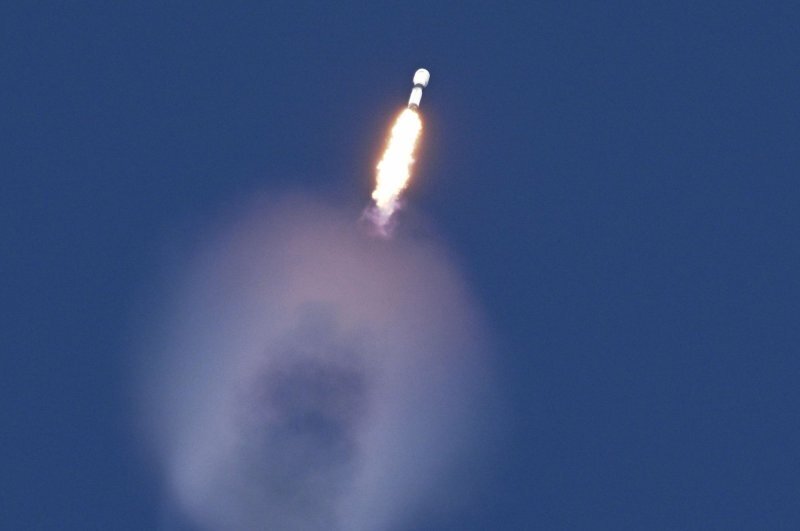
SpaceX launched a mysterious national security mission today (Feb. 14) in a flawless late afternoon launch.
A Falcon 9 rocket launched the classified USSF-124 mission for the U.S. Space Force today from Florida's Cape Canaveral Space Force Station right on time at 5:30 p.m. EST (2230 GMT).
The Falcon 9's first stage came back to Earth for a vertical touchdown at sunny Cape Canaveral about eight minutes after liftoff. SpaceX's launch webcast shortly thereafter at the request of the Space Force. The landing marked SpaceX's 272nd landing of an orbital-class rocket.
Today's mission was the seventh launch and landing for this particular booster, according to a SpaceX mission description.
We don't know much about USSF-124. The Space Force remained mum about it until this morning, when it emailed out a statement saying that the mission is ready to fly.
That statement revealed that USSF-124 will send six satellites to orbit — two for the Missile Defense Agency and four for the Space Development Agency — but did not describe the spacecraft or their envisioned orbital duties.
"With each national security launch, we continue to strengthen America’s capabilities and its deterrence in the face of growing threats while adding stability to a very dynamic world," Col. Jim Horne, senior materiel leader for Space System Command's Launch Execution Delta, said in the emailed statement. "It's what we do in the Space Force, and we take that charge seriously."
USSF-124 could be part of a very busy stretch in spaceflight. At 7:30 p.m. EST tonight (0030 GMT on Feb. 15), for example, SpaceX plans to launch 22 of its Starlink internet satellites to orbit from Vandenberg Space Force Base in California.
Then, at 10:25 p.m. EST tonight (0325 GMT on Feb. 15), Russia will send the robotic Progress 87 freighter toward the International Space Station from Baikonur Cosmodrome in Kazakhstan atop a Soyuz rocket.
And SpaceX plans to launch IM-1, a private moon-landing mission, on Feb. 15 at 1:05 a.m. EST (0605 GMT) from NASA's Kennedy Space Center, which is next door to Cape Canaveral Space Force Station.
Quelle: SC
+++
U.S. missile-defense satellites headed for low-Earth orbit
The U.S. military partnered with SpaceX to launch a half dozen missile-defense satellites into orbit Wednesday in an effort to protect the United States against hypersonic missile attacks.
A SpaceX Falcon 9 rocket successfully launched at 5:30 p.m. Wednesday from the Cape Canaveral Space Force Station in Florida, carrying a payload intended to bolster national missile defense.
The launch for the Missile Defense Agency and the Space Development Agency put six satellites into low-Earth orbit. Two of those satellites are for the MDA's hypersonic and ballistic tracking space sensor satellite program.
"This launch represents a pivotal time for MDA as we enter a new phase of missile warning, tracking and defense," MDA Director Heath Collins said in a statement. "These HBTSS satellites are an essential step forward in our efforts to stay ahead of our adversaries."
The other four satellites carried by the SpaceX Falcon 9 are SDA Tranche 0 tracking layer satellites, which are part of the SDA's proliferated warfighter space architecture program.
"Launching our tracking satellites into the same orbit with the MDA HBTSS satellites is a win for both agencies," SDA Director Derek Tournear said in a statement. "We'll be able to look at test targets from the same obit at the same time, so we can see how the two sensors work together."
The U.S. Department of Defense says the HBTSS satellites can detect hypersonic missiles launched from land, sea and air and track them from one satellite sensor to another.
The United States doesn't have any operational hypersonic missiles or aircraft capable of flying at very high speeds exceeding 3,000 mph, or Mach 5, according to NASA.
China in 2023 launched a hypersonic missile that exceeded 15,000 mph while circling the globe, and China and Russia are far ahead of the United States in developing hypersonic technology, The Wall Street Journal reported.
The Falcon 9's first stage returned to make a vertical touchdown at Cape Canaveral 8 minutes after the liftoff of the USSF-124 mission, which is the 272nd time the rocket's first stage successfully returned to Earth, Space.comreported.
The early evening launch from Florida was the first of three planned by SpaceX on Wednesday night and early Thursday morning.
SpaceX also scheduled a 7:30 p.m. EST launch from California's Vandenberg Space Force Base to send 22 Starlink internet satellites into orbit.
SpaceX also intends a 1:05 a.m. EST launch of an IM-1private mission to the moon. That launch would be from NASA's Kennedy Space Center, which is adjacent to the Cape Canaveral Space Force Station.
Quelle: UPI
+++
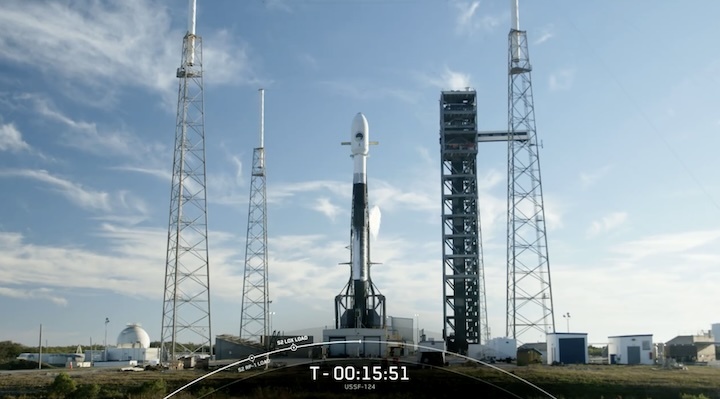

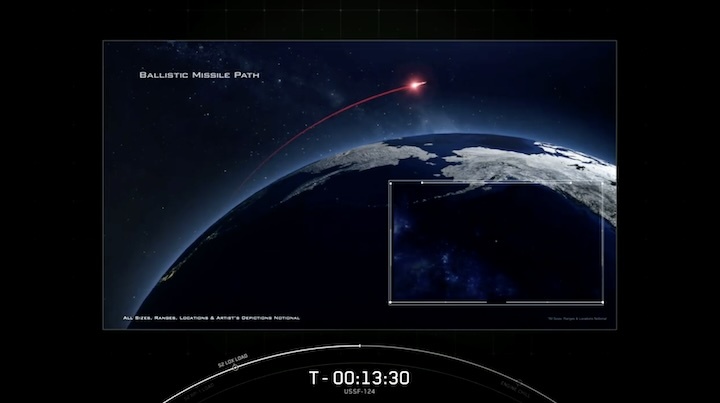
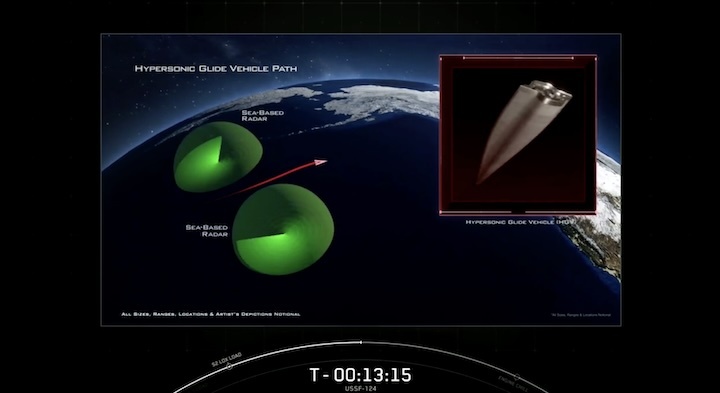
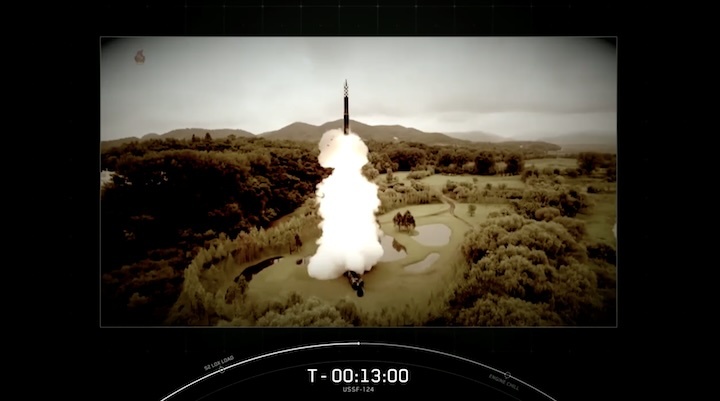
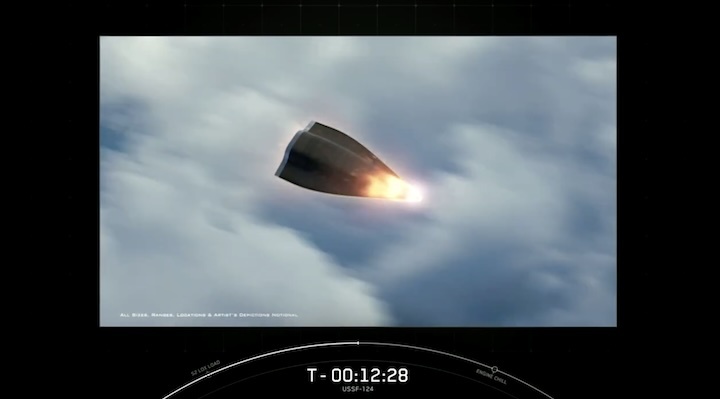
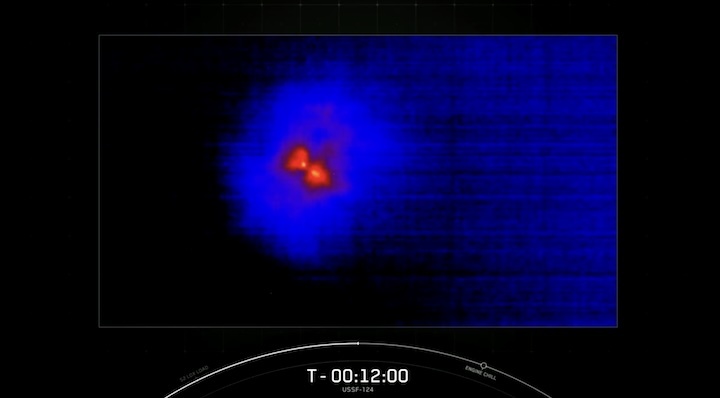
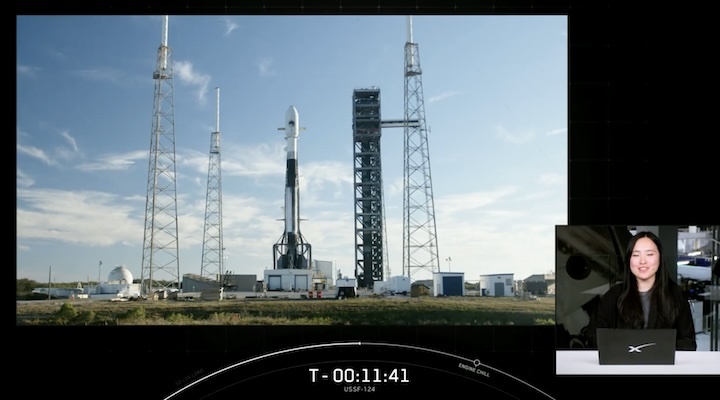
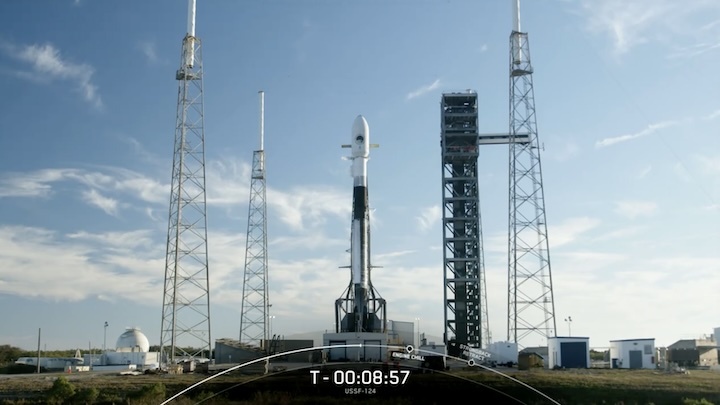
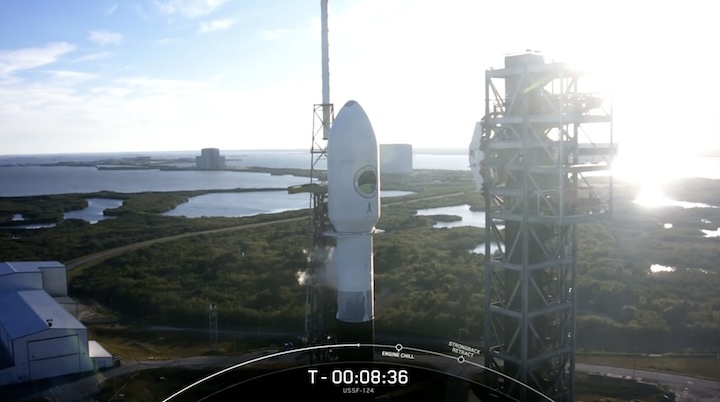
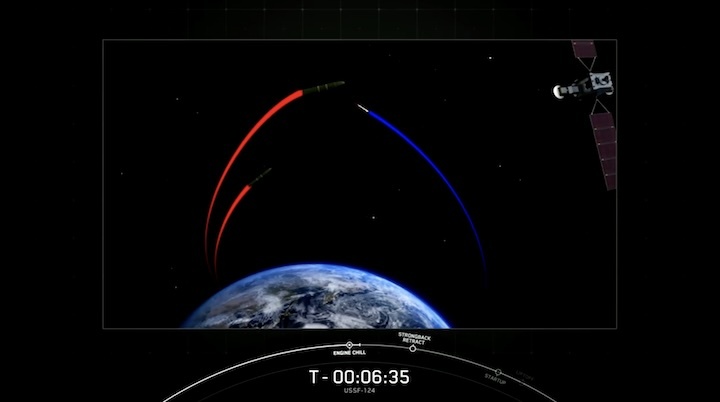
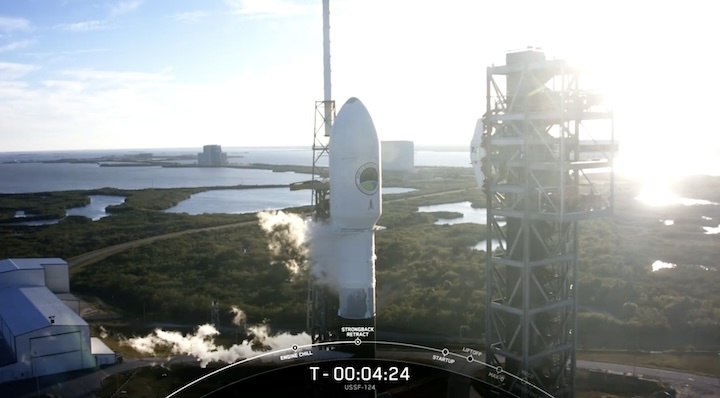
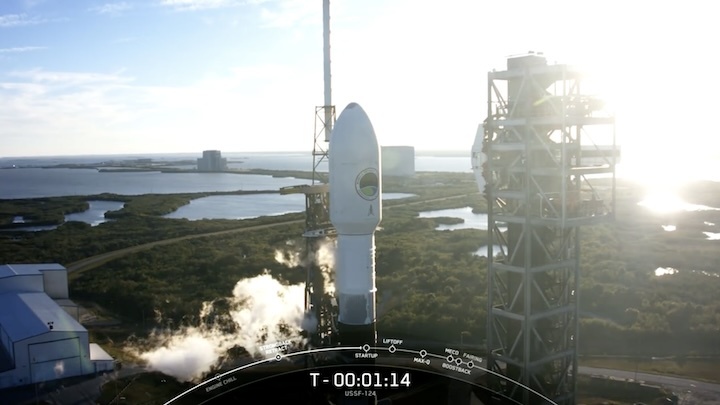
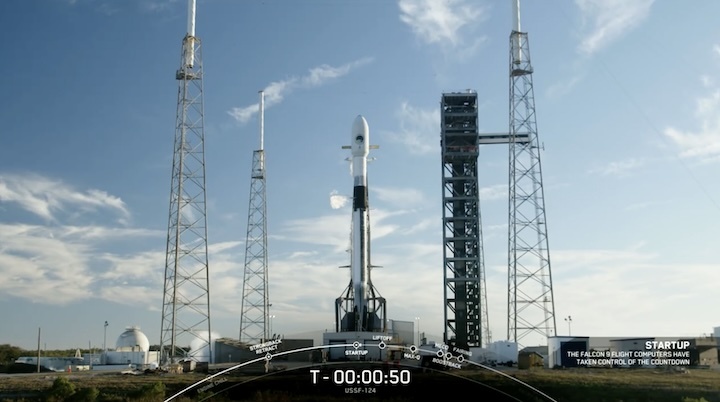
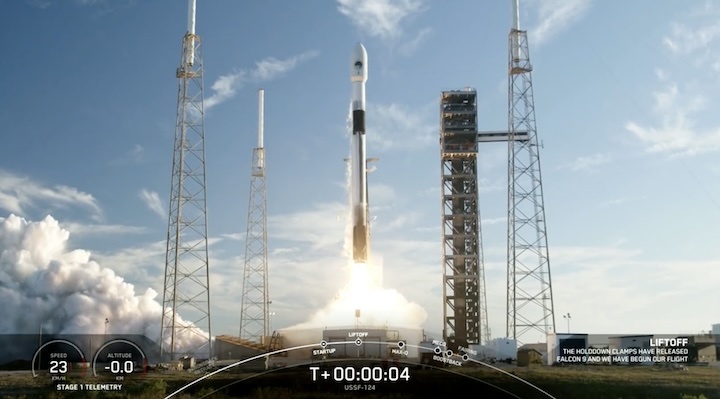

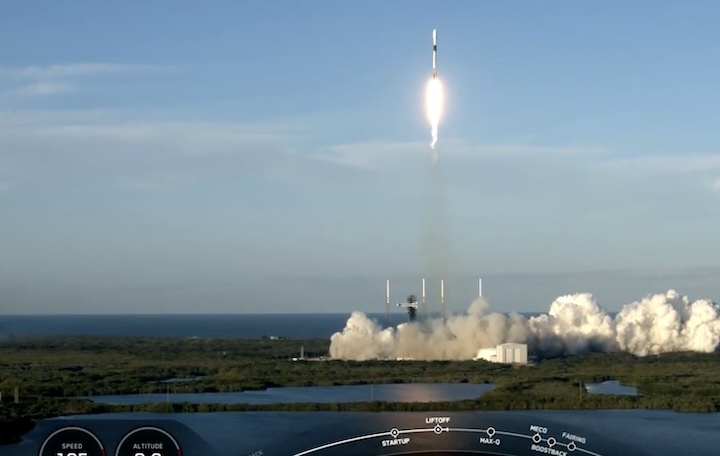

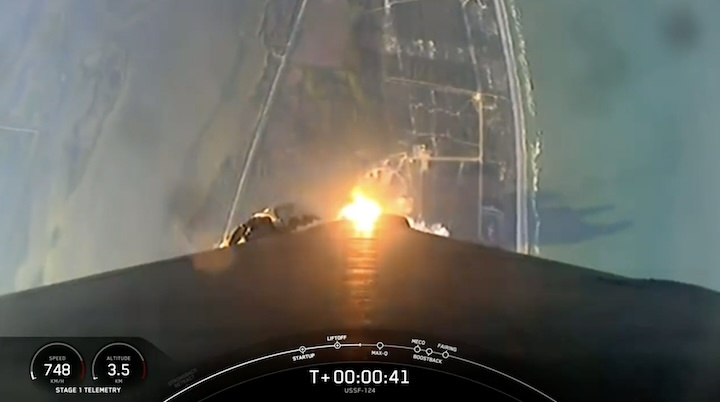
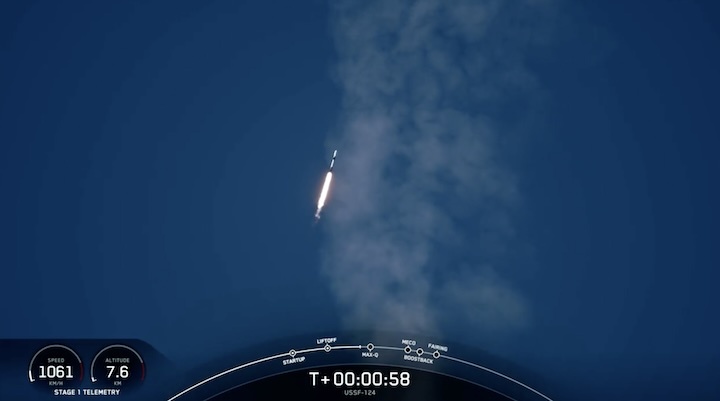
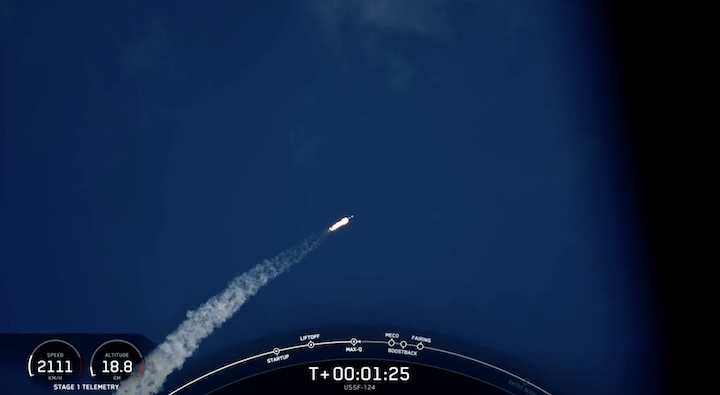
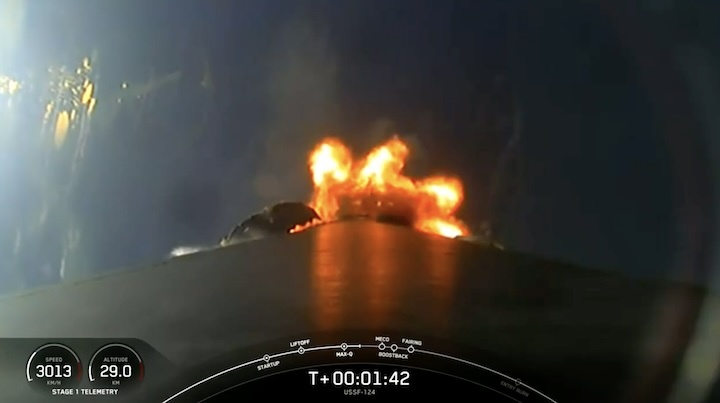

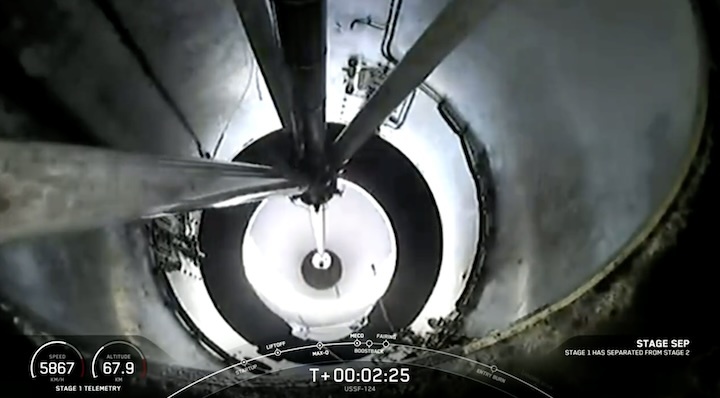
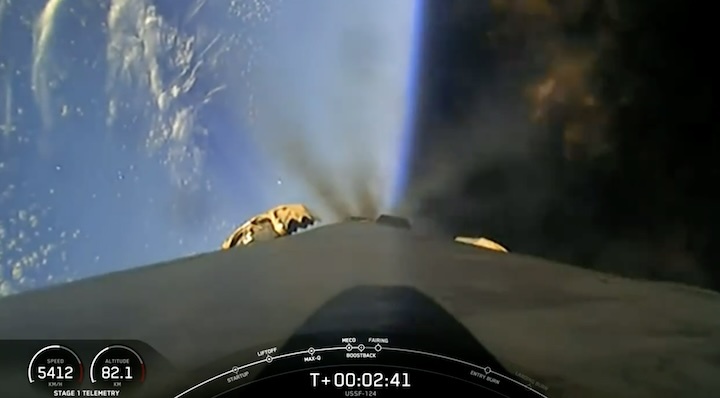
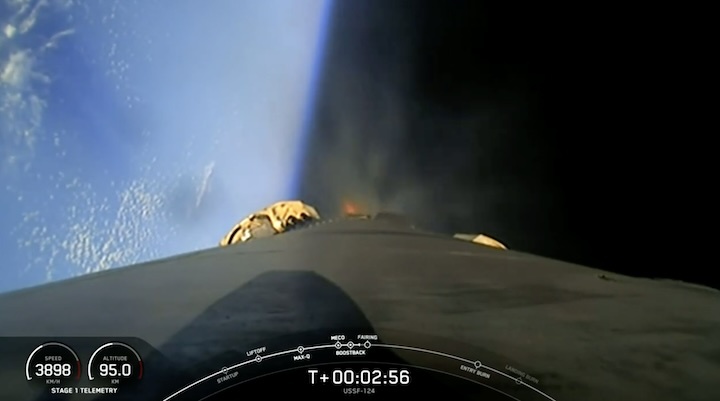
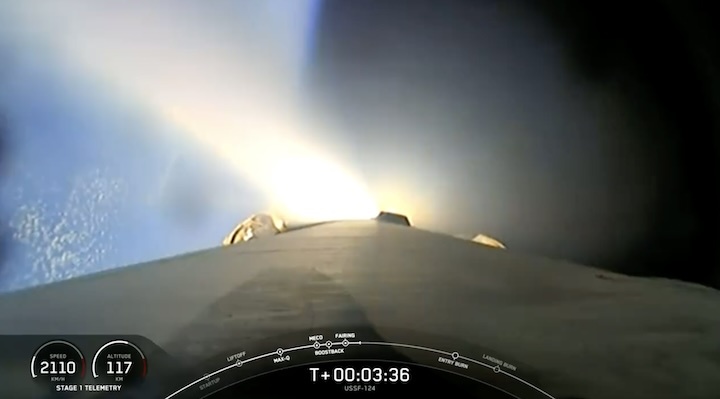
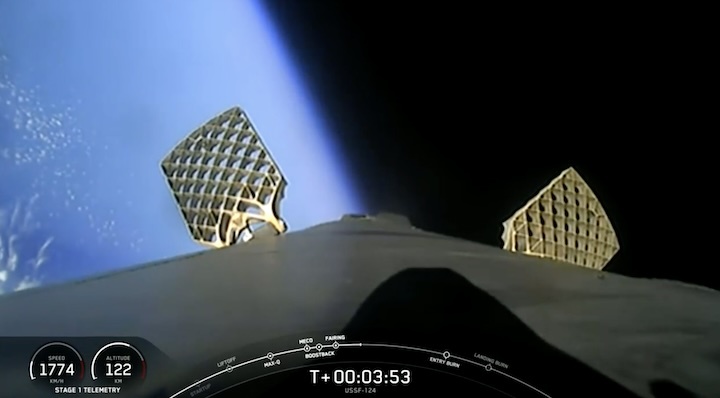
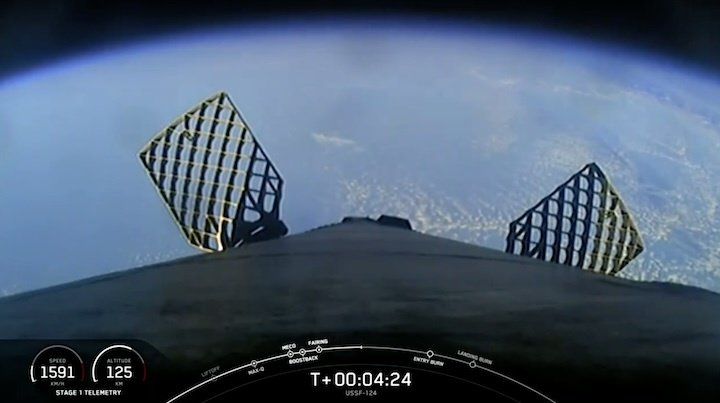
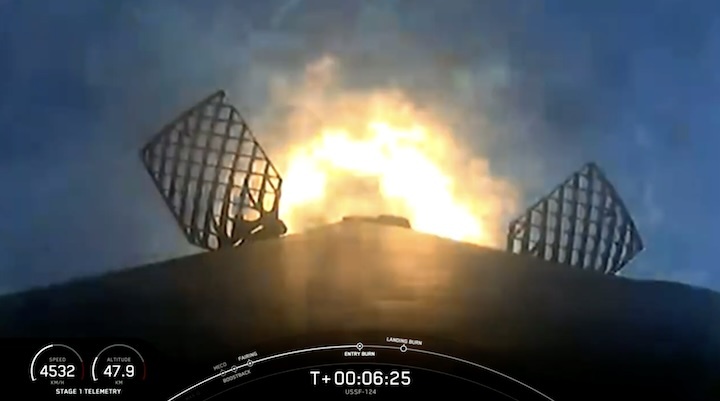
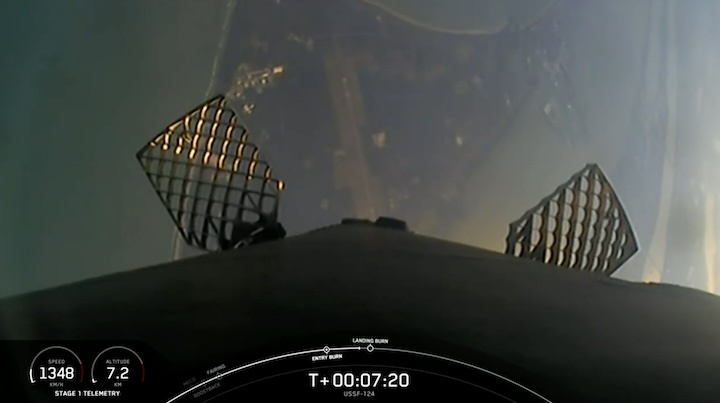
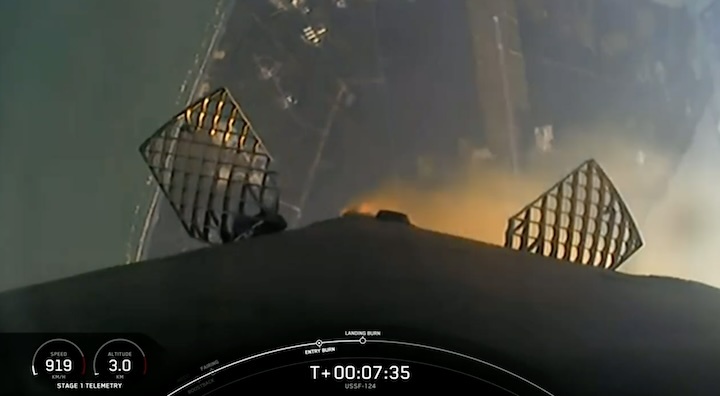
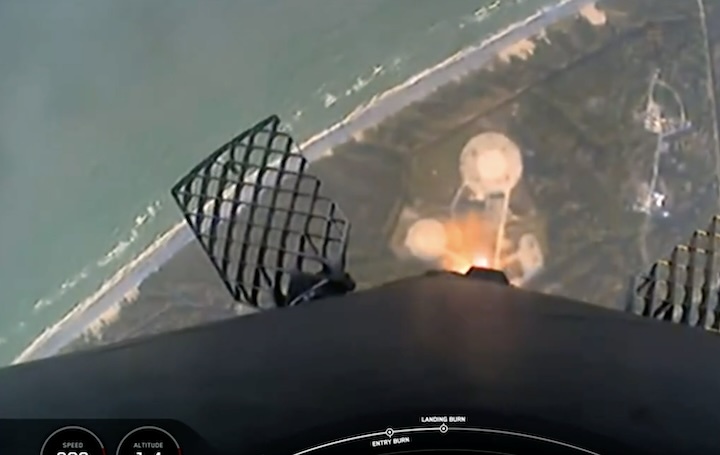

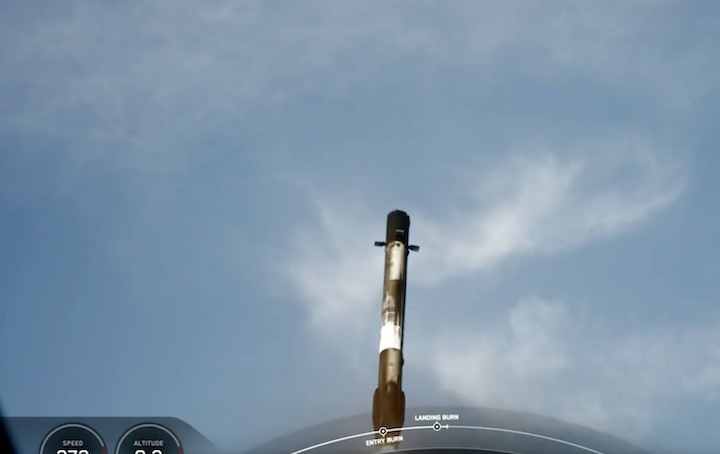
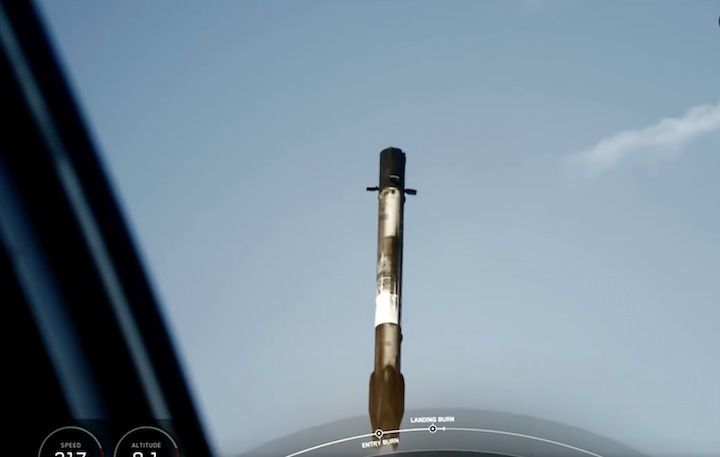
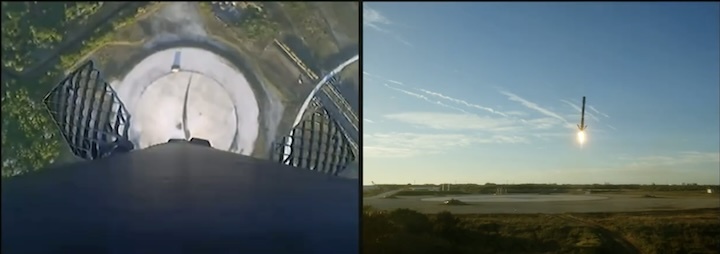
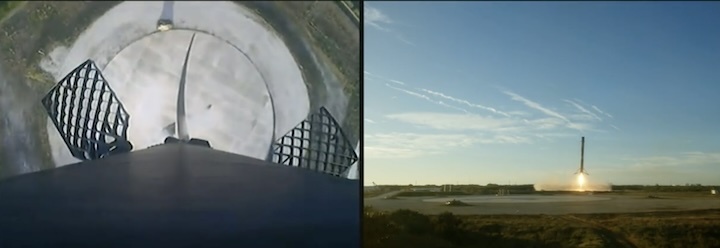

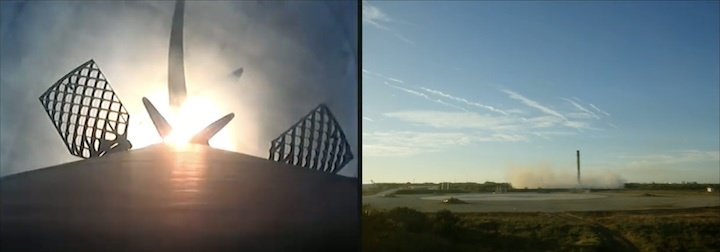
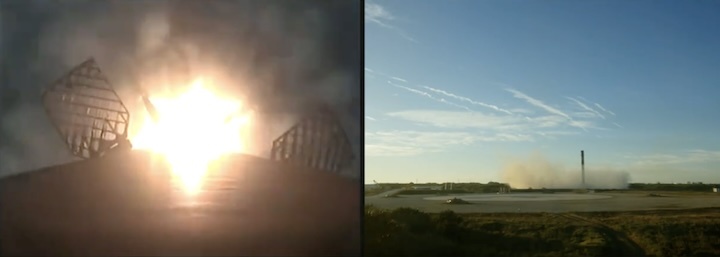

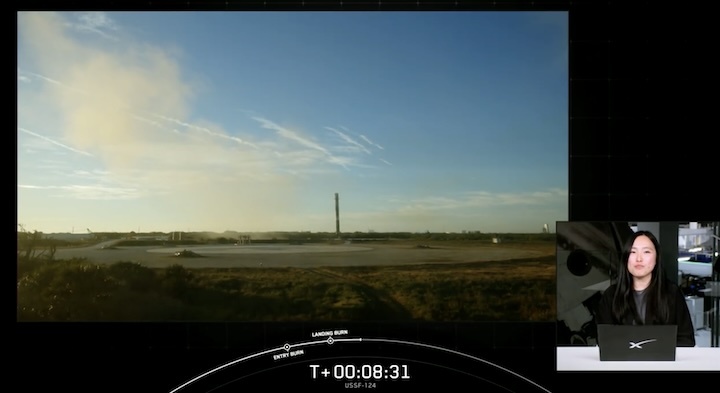
Quelle: SpaceX
